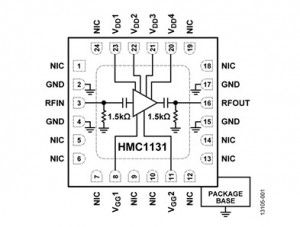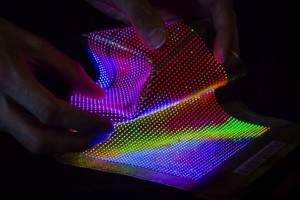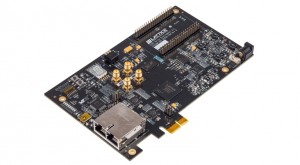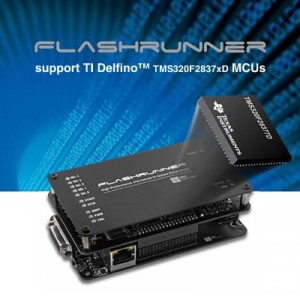
Harsh environment isolated current sense amp from Si Labs
Silicon Labs has introduced an isolated current sense amplifier for delivering current shunt measurement for power control systems operating in harsh environments such as industrial motor drives, solar inverters, high-voltage power converters, UPS and electric/hybrid-electric vehicle (EV/HEV) systems.
Measuring current on high-voltage rails with a galvanicly-isolated amplifier provides critical information to the low-voltage controller that improves system response time and efficiency.
The Si8920 isolated amplifier provides a differential, low-voltage input scaled for connection to current shunt resistors, says the company, enabling the controller to make precise measurements of current on high-voltage rails while maintaining electrical isolation. The device’s isignal bandwidth (up to 750kHz) ensures rapid, precise DC current measurement and accurate representation of the primary signal and harmonics.
The amplifier uses Silicon Labs’ CMOS-based isolation technology, which meets UL, VDE, CQC and CSA standards, supports up to 5kV withstand and 1,200V working voltage, and offers a wider operating temperature range, better noise immunity and longer lifetimes than competing isolation technologies, the company claims, adding that the device’s 1µV/°C offset drift ensures stable performance over diverse operating conditions.
It is aimed at industrial automation, green energy and Internet infrastructure equipment, where many power systems feature long lifetime warranties and are expected to operate for 25 years or more in the field and isolation often can be a point of first failure and a lifetime-limiting device in many power systems.
According to Silicon Labs, CMOS-based isolation components such as the Si8920 isolated amplifier operate over a full industrial temperature range and can support product lifetimes of up to 100 years.
The amplifier has 0.75µs signal delay across the isolation barrier, allowing power control systems to react rapidly to transient load conditions. Low signal delay enables control loops to respond quickly, it says, resulting in a more efficient and stable system as the controller can act sooner to maintain performance. Low signal delay also enables the power system to make quick corrective responses to unusual, potentially dangerous events, which helps reduce equipment repair and maintenance costs.
The Si8920 isolated amplifier is available in standard SOIC and DIP packages, which are easy to handle with automated assembly systems. Si8920 pricing in 10,000-unit quantities begins at $2.39.
The Si8920ISO-KIT evaluation kit costing $29 enables developers to connect quickly to a shunt resistor to evaluate Si8920 analogue isolation functionality including low-voltage differential input, response times, offset and gain characteristics.
david manners










